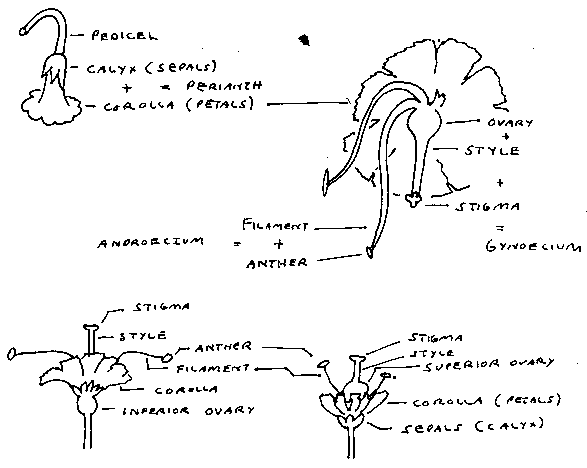The key concept is that rice converts more rapidly into sugar in the body than local starches such as taro and breadfruit. Rice and other refined starch products (breads, pasta) are considered "simple" starches chemically, while taro and breadfruit are chemically more complex. The result is that blood sugar levels peak at very high levels very quickly after eating rice, while taro and breadfruit result in lower peak blood sugar levels. Another result is that the rice is more quickly converted to energy and is thus used more quickly by the body. Taro, breadfruit, and yams take longer to convert, and thus the body has a longer period of time over which to use the energy from the sugar. This means that it will be a longer period of time before the body seeks a "reloading" of its food energy stores - a longer time before you will feel hungry again. Note that both foreign and local starches convert to about the SAME amount of sugar, the key diference is the speed at which the starch is converted to sugar. Foreign starches do not contain poisons per se. And while local starches do contain more nutritionally important trace elements and minerals than refined foreign starches, these additional nutrients are not known to prevent diabetes. Up to two points.
The choice had to be from another state. There is an inherent advantage for those from multi-cultural states if they are allowed to use a culture already extant in their own state. Note: Konen pulo is the name the Mortlockese group gave for their food. Of interest: No one tried to spell Bu'oy ni im. Correctly spelled local name in the language the food was presented: 1 point. Correct description of preparation: 1 point. Correctly identifying the plant: 1 point. A particularly well written and complete explanation could earn an additional quality point.
Most students described the difference between dicot and monocot flowers, especially focusing on the petal count. The question asked about the leaves. Monocots typically have parallel venation, dicots have a net-like venation. 2 points
 Label the parts of this leaf:
Note that "rachis" is usually used for fern midribs and compound leaf central ribs to which the leaflets are attached. See original handout. One point for each correctly spelled label identifying the correct plant feature.
Label the parts of this leaf:
Note that "rachis" is usually used for fern midribs and compound leaf central ribs to which the leaflets are attached. See original handout. One point for each correctly spelled label identifying the correct plant feature.
 A plant cannot have superior and an inferior ovary. In a plant with an inferior (below) ovary, the ovary is below the calyx and corolla, in a plant with a superior (above) ovary, the ovary is above the calyx and corolla. In the superior case, the ovary appears to sit "inside" the flower, rather than below or behind the flower. This question had the potential to generate the most points. One point for each of the four whorls being included in the drawing. One point for each correctly spelled label attached to the correct flower part. This question also sought to reward those who might be a good artist, but not necessarily good at memorizing plant parts. Thus a good, well done, complete, accurate drawing was worth two points. A below average, overly simplistic drawing was worth a single point. A drawing that showed great attention to detail, showed great diligence and care in drawing, and looked more like artwork earned three points.
A plant cannot have superior and an inferior ovary. In a plant with an inferior (below) ovary, the ovary is below the calyx and corolla, in a plant with a superior (above) ovary, the ovary is above the calyx and corolla. In the superior case, the ovary appears to sit "inside" the flower, rather than below or behind the flower. This question had the potential to generate the most points. One point for each of the four whorls being included in the drawing. One point for each correctly spelled label attached to the correct flower part. This question also sought to reward those who might be a good artist, but not necessarily good at memorizing plant parts. Thus a good, well done, complete, accurate drawing was worth two points. A below average, overly simplistic drawing was worth a single point. A drawing that showed great attention to detail, showed great diligence and care in drawing, and looked more like artwork earned three points.
Denotes locality specific patterns of aberrant behaviour. Usually refered to as a "disease" but as such is known only in one particular location and is always an integral part of a culture. The cure is usually also uniquely local - western medicine might not recognize the ailment as a disease and may or may not have treatments for the condition. Two points.
In this doctrine, physical similarities between an ailment and a plant are used to choose a plant to treat the ailment. Thus a kidney shaped leaf might be construed as curing kidney disease. A yellow root might be used to treat the jaundice (yellow skin, eyes) associated with hepatitus. Two points.